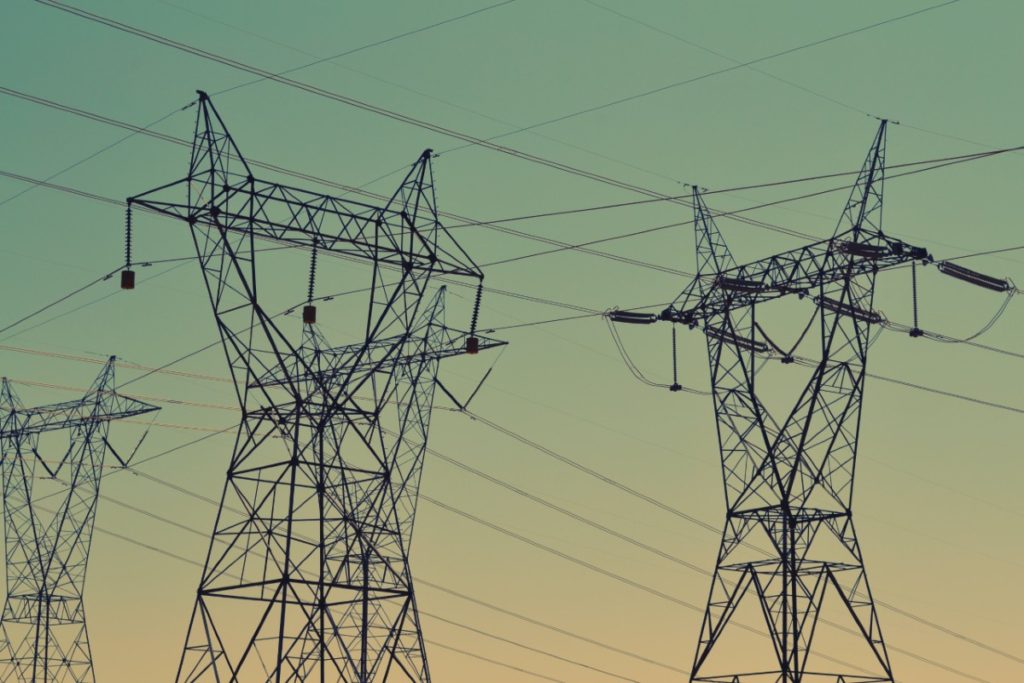
South Carolinians could face rolling blackouts and severe economic disruptions within the next decade unless state lawmakers pass critical energy reforms during the 2025-26 legislative session, according to experts and policymakers across the political spectrum.
But that won’t be easy, they warn, due to the lightning pace of technical and regulatory change in today’s energy industry. For instance, large-scale solar energy has grown by more than 400% in S.C. since just 2018.

“We don’t know what the world is going to look like in five years, 10 years,” said Hamilton Davis, the vice president of regulatory affairs for energyRE, a national developer of clean energy projects with offices in Charleston. “So we need to be robust in our planning approach to make sure we don’t wind up having major regrets about investing in something with long-term risk because it sounded good at the time.”
It was precisely that concern about risky investments in specific energy sources that doomed this year’s attempt at a sweeping energy bill that flew through the House but ultimately died in the Senate near the close of the session in May.
“I want to commend House Speaker Murrell Smith (R-Sumter) and the House for pushing this debate forward,” said Beaufort Republican Sen. Tom Davis. “Having said that, the House bill was a little bit too prescriptive in that it was making specific findings about what we want and where.”
Instead of that kind of specificity, Sen. Davis and others say, the legislature needs to embrace reforms that expedite the emergence of new energy sources in a better functioning market, while protecting the oversight role of the state’s primary energy regulator, the Public Service Commission (PSC).
A regulatory framework from the horse-and-buggy era
To understand where we are on energy in South Carolina, policymakers say, it helps to know where we started.
When electricity first came to America in the late 19th and early 20th centuries, South Carolina, like most states, was too poor to finance the buildout of a new energy generation and transmission infrastructure on its own.
As a result, state leaders took two steps to attract major out-of-state energy investments. First, they granted monopoly status to power companies in specific geographic regions. And second, they guaranteed those new monopolies a reasonable rate of return on every dollar they invested in generation, transmission and equipment.
The core of that regulatory framework remains largely in place today. And while few are recommending radical change, most experts agree the state won’t be able to meet its rapidly growing energy needs without major near-term reforms to start bringing the system into the 21st century.
Step 1: Competitive procurement
Under the current system, new energy is typically brought online by the monopoly utilities, which build new plants after getting approval from the PSC.

But according to analysts like Eddy Moore with the Southern Alliance for Clean Energy, a market-based approach may be better. For example, procurement through competitive bidding allows bidders to compete for energy generation contracts and can deliver more abundant and reliable energy at lower costs for ratepayers, he said.
“We have a situation now where, once the utility company builds an approved power plant, they get paid whether or not it even operates,” Moore said. “But with a market-based procurement situation, you define what you need –we need this much more energy capacity – and you set up a competitive bidding process so the best available technology wins.”
Step 2: Creation of a Regional Transmission Organization
Today, the vast majority of Americans live in an area served by a regional transmission authority (RTO). These are independent organizations that connect all energy providers in a multistate region together, creating a real-time spot market for power. RTOs have been shown to reduce costs, increase reliability and facilitate better resource planning.
The Southeast is the only major region of the country without an RTO.
Reformers agree that the creation of a Southeastern RTO is necessary and, eventually, inevitable. But in the meantime, some suggest, a similar but more limited option is an energy imbalance market (EIM), which allows energy companies to engage in real time regional trading on a purely voluntary basis. It would serve to get the process started.
“I wouldn’t expect RTOs to be in a 2025 energy bill, but interim steps like EIMs have worked well across the country,” energyRE’s Davis said. “That’s a market structure where you’re really increasing flexibility across utility footprints and reducing costs for customers.”
Step 3: Improvements in energy efficiency
According to Moore, reducing the amount of wasted energy must be a major component and priority of any new energy legislation.
“We’re in the bucket of last-place states in the country on energy efficiency,” Moore said. “We need a concerted, organized effort to improve energy efficiency.”
And now, he stresses, would be an ideal time to move forward, given the large energy efficiency grants the Biden administration has made available to states and municipalities.
“The core of the program should be making sure houses are tight and insulated,” he said. “And then follow up with efficient HVAC (heating, ventilation and air-conditioning systems) and water heaters. Those are really the two big energy-saving opportunities in front of us.”
Step 4: Nuclear, and natural gas as a bridge

Though controversial in some quarters, Sen. Davis said he believes nuclear power will likely have a significant role to play in the diversified energy market that he and other reformers are working toward. He also thinks boosting power generation with natural gas will probably be necessary as a bridge to greener technologies in the future.
But he adds that decisions about when, where or whether to build new power plants of any kind should be left in the hands of the PSC.
“I just don’t think 170 members of the General Assembly are positioned to make those sorts of specific utility decisions,” he said.
Nevertheless, he said, “we need to be pragmatic” about ensuring adequate supply in the short and medium term, particularly with so many coal plants set to be retired in the near future – yet another reason for urgency in passing an energy bill as quickly as possible next year.
“We senators intend to work on this during the summer and fall, and have something we can hit the ground r
- Have a comment? Send to: feedback@statehousereport.com.



Fairfield electric will not let people go more than 30% solar. Not worth the price of instillation. It does no give enough savings to pay for itself for more than 30-40 years. Duke energy allows 100% plus buys excess energy. Something needs to be done to prevent companies from blocking people from becoming energy efficient.